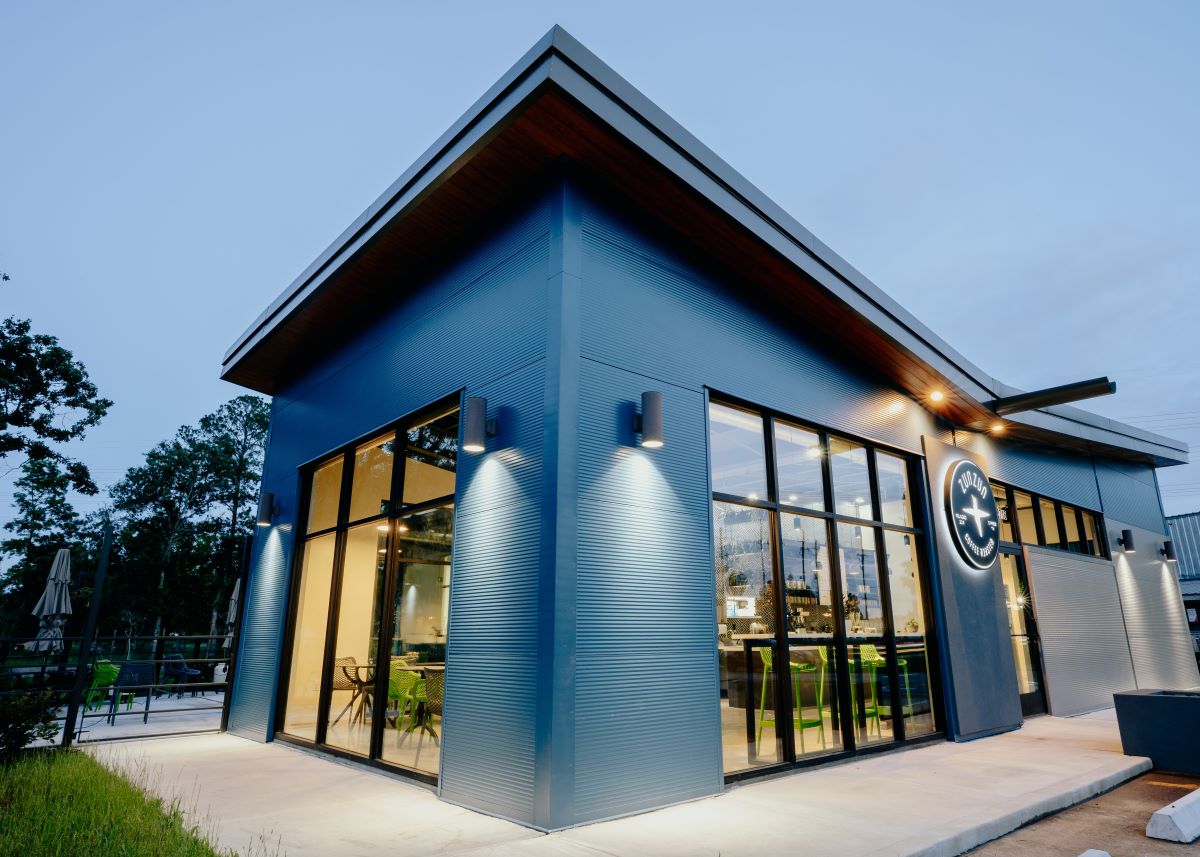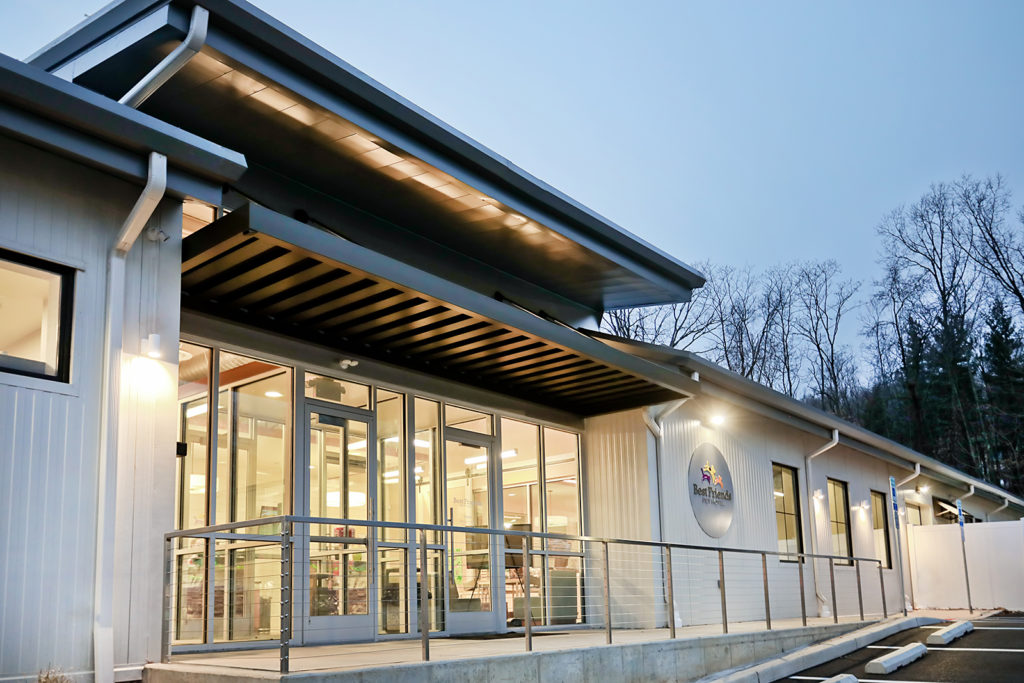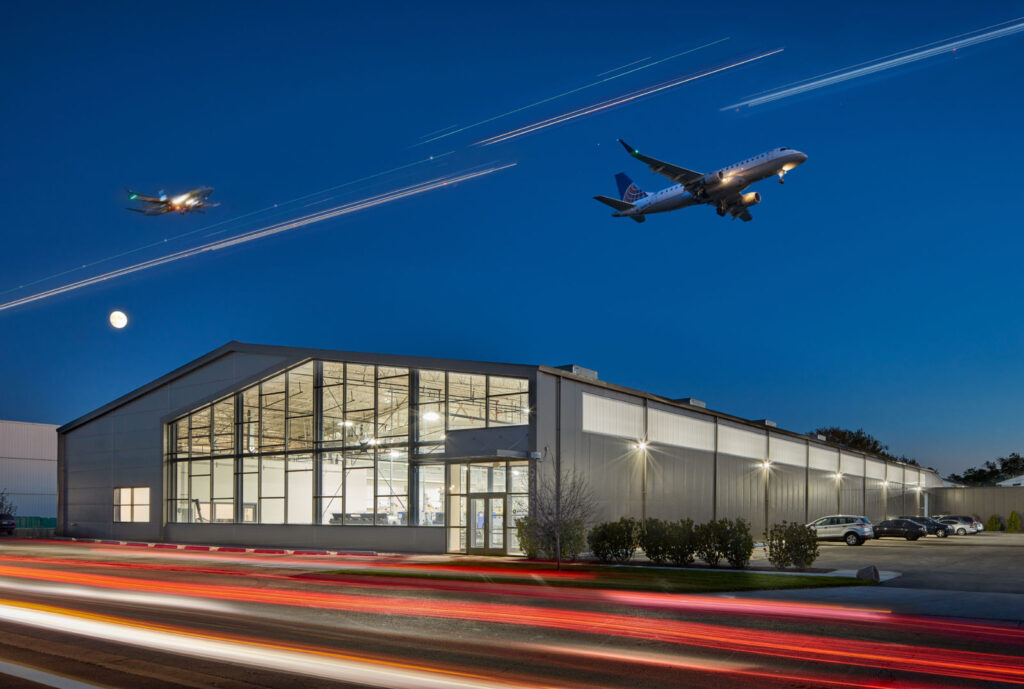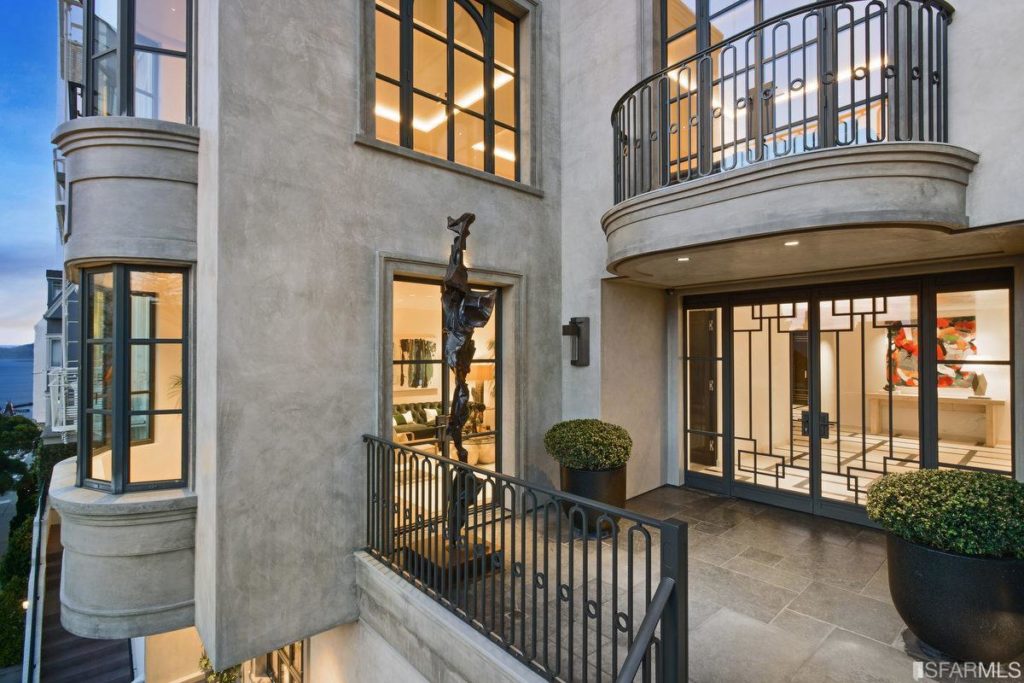QUICK & EASY PROJECT PLANNING
Complex Structures
Steel buildings, also known as pre-engineered metal buildings are a popular choice for commercial construction. Steel is one of the most sustainable building materials in the world. Learn more below on how to start and manage a steel project.
Modern Steel Buildings Made Easy: Full Customization
Here at Ecosteel we use the most advanced tools. Revit is the most advanced 3D BIM tool in the world that provides a wide range of benefits to our team. We choose this software because of its outstanding parametric data, which has allowed us to improve efficiency and cut costs significantly in our architecture projects. The diverse set of options that Revit offers also allows us to provide more design flexibility which lets us create better & faster designs with steel!
LETS GET STARTED:
1. The Brief
2. Research Your Site
3. Design to Code
Now that you need a clear idea of what your design should look like, start creating sketches and make sure they convey the message you want to get across.


1
The Brief: Get Your Projects Done Right
The brief is the first impression a client will get of your work and it’s an opportunity to show off your skills and gain interest in the project. The project brief contains information on the site, a description of the project, requirements that must be met, and suggestions for inspiration. If a client doesn’t provide enough detail or tries to rush through this stage, they may not get what they want out of their project.
2
Research Your Site
The site research stage is about understanding the world around the building site, then finding its unique characteristics. Buying a piece of land can be a daunting task. There are many factors that must be considered before you buy. Some of these factors include the area requirements, setbacks, height restrictions, and the type of building(s) you want to put on it. An architect can help answer all those questions for you before you buy in order to make it easier for you. After you know where the site is, it’s time to look at what’s happening below. You will consider existing building forms, materials, and layouts — as well as other site features that may affect your design choices.


3
Design to Code
The building code constraints are extremely important for the design process. They’ll give you direction on what material can be used in a particular project, the scale of your design, and even how large or small a project can be. It is important to consider this information before you begin drawing. A few other things to consider when designing to code: Is the building being built on a site that has existing buildings? If so, you may need to design your building in relation to those already in place. This could mean following the same footprint or having some of your walls extend beyond existing ones.
You must be logged in to post a comment.